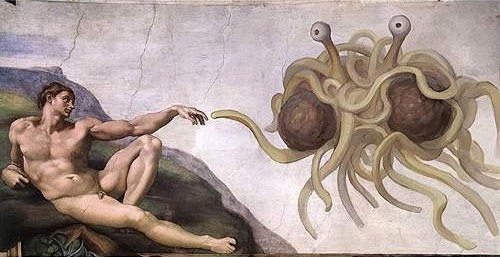I’ve been reading Norman Doidge’s The Brain that Changes Itself, and in Chapter 5, Midnight Resurrections, he tells the compelling story of Edward Taub, who bucked the establishment and won.
In the mid-twentieth century, a central dogma of neuroscience was that the brain does not change. This had a major impact in decision-making about treatment for strokes and other disorders that create brain damage. Treatment was deemed useless, and patients were typically warehoused in chronic care centres.
I remember this well because in1966 I was a teenage volunteer in one such centre in Toronto – rows and rows of closely packed beds. Curiously, one patient (among many hundreds) had simply got better on her own and went home. It was considered a near miracle that gave much hope to the hard-pressed staff. I wonder, looking back, whether she had figured out something on her own – but not being an educated or prominent woman, she then took her secret with her to her grave. Here’s why I wonder about that:
Early in his career, Taub started investigating neuroplasticity – a radical new idea that you change your brain according to what you think about. Some describe neuroplasticity as “use it or lose it” and others as “what you think about, so you become.” Obviously, when we are discussing thinking, these two ideas are different ways of saying more or less the same thing. Of course, what makes the idea of neuroplaticity controversial is that it implies a subject who makes choices about what to think about – a non-materialist idea. But that is not the focus of this story.
Taub had, according to Doidge, started out in graduate school studying with behaviourists, who were interested neither in the mind nor in the brain, but only in measuring behaviour, according to stimulus and response: You = Pavlov’s dog in trousers.
Well, Taub realized that that idea wasn’t really going anywhere, so he made a risky choice – he took a job in an experimental neurology lab, to better understand the nervous system. This job included “deafferentation” experiments, using monkeys as subjects.
The basic idea is to sever the sensory nerves’ connection with the brain, so the monkey no longer feels the limb. Typically, the monkey stops moving the limb too, which doesn’t completely make sense, as the motor nerves are not severed. Taub discovered, as a graduate student, that if he put a monkey’s good arm in a sling, the monkey would start using the deafferented arm again. Essentially, the monkey had stopped using the deafferented arm as a form of learned behaviour. It preferred the arm that continued to sense things (of course).
As Doidge puts it, Taub realized a couple of facts. One was that “behaviorism and neuroscience
had been going down a blind alley for seventy years.” (P. 140) There wasn’t anything “hardwired” about the monkeys’ behaviour. They had simply made a choice; one that was reversible, given an incentive. Second, this finding could have dramatic implications for the treatment of brain damage in strokes. How much post-stroke paralysis is learned paralysis? Learned, in the sense that – having failed to use faculties for many months – the patient no longer has the nervous system connections to make movement possible or efficient. That was worth investigating.
Or so Taub thought. But he was mostly alone in that. Neuroscientists did not want to rethink their position on a fundamental issue, irrespective of what his findings clearly pointed to. “Most scientists in his field refused to believe his findings. He was attacked at scientific meetings and received no scientific recognition or awards.” (P. 140) He was accused of “insolence” and had to get his PhD at New York State University rather than his original choice, Columbia.
There, Taub discovered by experiment that if the monkey was surgically deprived of feeling in both arms, it would use both arms. He had also learned, working with the monkeys, the importance of small rewards for just trying rather than a large reward for achievement. That insight could be put to use in developing exercises for humans as well.
So, in May 1981, he found himself head of a Behavioral Biology Center in Silver Spring, Maryland, when Alex Pacheco, cofounder of People for the Ethical Treatment of Animals (PETA), took a job in his lab, professing an interest in medical research … Read More ›

